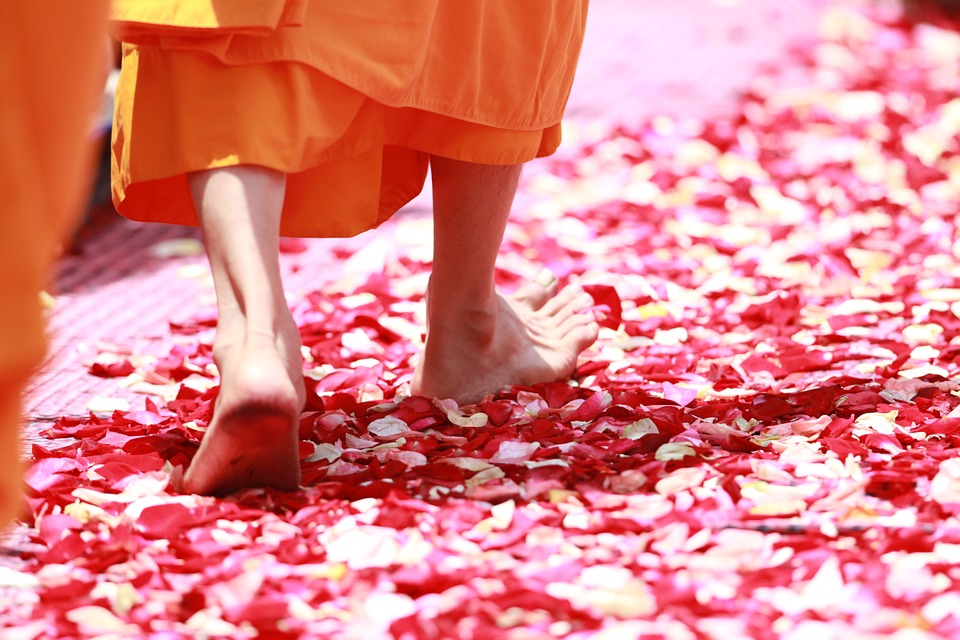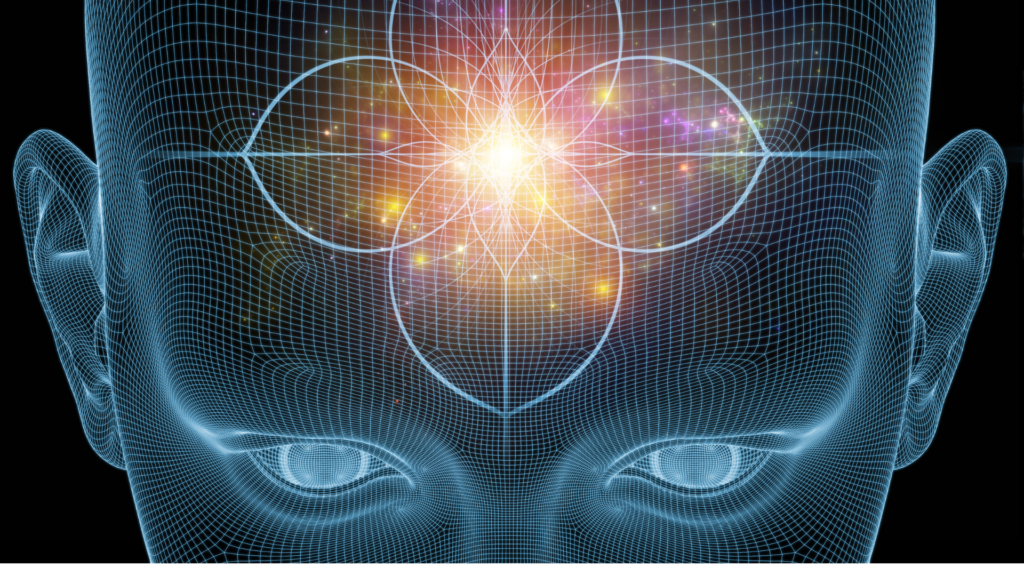Patanjali Yoga Sutra – Chapter 1 – samaadi-pada
- This is a dissertation into the subject of Yoga.
- In summary, Yoga is cessation of sensation (activity of the senses) (cittavṛtti-nirodhah).
- To reach one’s natural state, a person needs go in that way.
- There is a tendency to associate one Self where one’s thought waves go.
- There are 5 kinds of mental activities – some hard, some agreeable.
- These are, availability of proof, contrariness, vacillation or confusion, sleep, memory.
- Pramanas (requirement of proof) are – pratyaksha (personal experience), anumana (inference), upamana (comparison and analogy), arthapatti (postulation and derivation from evidence), anupalabdhi (non-apprehension or negative cognitive proof) and sabda (verbal testimony).
- In fact, perversity is logic based on incorrect understanding of identity or the Self.
- Also, contrariness is created by words which convey knowledge of the self in proportion to void created by the difference between objects.
- Absence of sentience in the Self, which is the root cause of stimulus is the sleep of mental activity.
- Subject which has lost its experience is memory.
- Practice non-attachment (vairagyam). For, these stop mental activity.
- Ultimately, that steady focus comes after painstaking practice.
- You must devout long, uninterrupted, focused effort like the unyielding earth.
- Perception can be controlled to make one a free from desire by becoming a disciple of non attachment (vairagyam).
- Notably, the human should have as intent, freedom from desire generated by attributes (gunas).
- Deliberation, reflection, happiness, feeling of “I” lead to understanding the Self accurately.
- Importantly, stopping consciousness by practice of removal of the leftover of samskaras (religious practice) leads to void.
- Notably, within consciousness, dead and creation are certainly merged.
- Additionally, dedication, valour, mindfulness, absorption, awareness, are qualities required.
- Intense effort and controlled breathing increase power of the asana.
- Importantly, the quality of effort – mild, middle or intense effort, determine the quality of outcome.
- Also, deep contemplation on the divine being is another path.
- Suffering comes from action, ripening or maturing which comes from its impact, makes human special to God.
- This is the seed of supreme knowledge of the sublime.
- He is the earliest of Gurus, not bound by time.
- In fact, that which describes the Brahman is the pranava (OM).
- Also, continuous incantation (japa) reveals its meaning.,
- Thus, reversals to attainment of Self come by stripping the inside of sentiments.
- Without doubt, sickness, apathy, doubt, negligence, laziness, despair (lack of determination), prejudgemental, inconsistency of focus on concepts result in scattering of mental activity.
- Also, grief, melancholy, trembling of the body and agitated breathing are extensions of this state.
- This can be overcome by practice of focus on the concept.
- Friendliness, compassionate, joyful, indifference, happiness-sadness, good-bad are aspects which should be inculcated for calming the mind.
- Additionally, exhalation and holding of breath enable attainment of the goal.
- Stimulus and selective focus arise from the cognitive areas of the brain and determines ones attitude.
- Exemption from grief comes from inner light.
- In fact, dispassionate management should become the mental activity.
- On this, dream- sleep- cognition of the Self becomes the foundation.
- Meditation on any desired or pleasing object is OK.
- Truly, from an atom to a large entity, any subject can be brought under one’s will.
- Finally, reduction of mental activity leads to crystal like clarity in cognition so that the relationship between the subject and object make them equal.
- Thus, the different meaning of “knowledge of the Self”, when contracted into acceptance yield samaadi.
- Memory is purged when the image of one’s identity is null only. Then, there is a luminous experience of samaadi.
- By this, contemplation-non contemplation of the subtle object is explained.
- In fact, subtle subject can reach a point of being indefinable.
- This is the root/ seed (beeja) of samaadi.
- When one reaches the state of null thought, transcendence is the result.
- Notably, where there is truth, there is awareness of the Self.
- The awareness gained by what’s heard, measured or inferred, is of one kind, but knowledge of the truth is special.
- The impressions gained by samskara (practices of agama) prevent greater growth
- And so the cessation of everything results in the samaadi of no-seed (nirbeejam)

Patanjali Yoga Sutra Chapter 1


